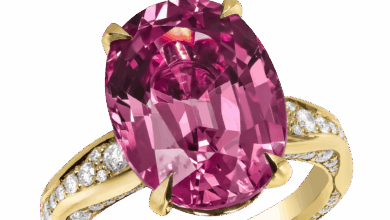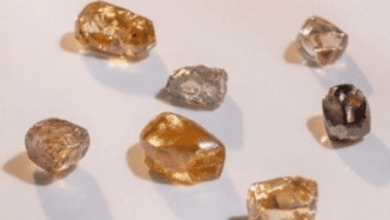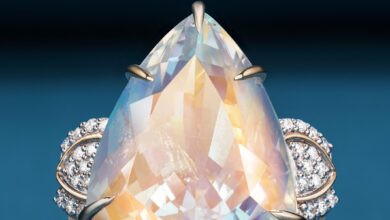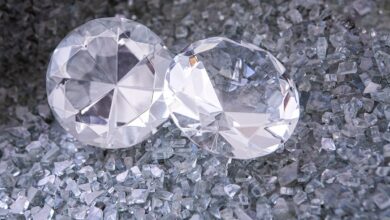Field expedition leads GIA to significant gem mines
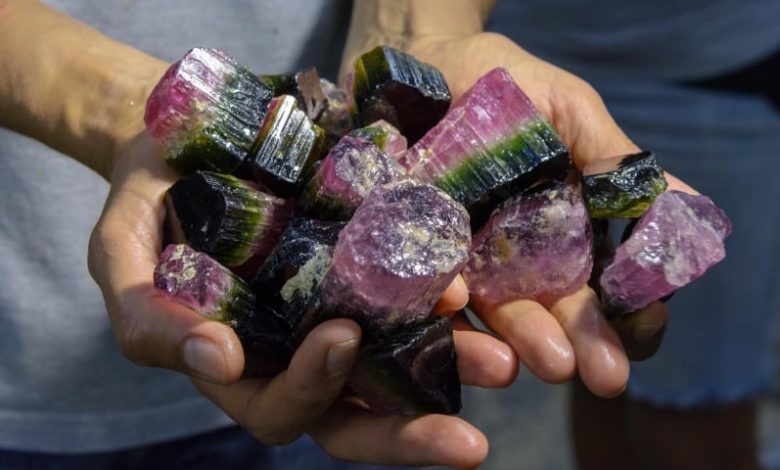
Register to get 1 free article
Reveal the article below by registering for our email newsletter.
Want unlimited access? View Plans
Already have an account? Sign in
The Gemmological Institute of America (GIA) has revealed the a team of its field researchers journeyed to important gemstone mining areas in Brazil to document the current state of coloured stone mines.
From March 31 to April 17 the researchers visited the states of Minas Gerais, Rio Grande do Nort, and Batalha, where they had the rare opportunity to interview Heitor Dimas Barbosa, the first discoverer of Paraíba tourmaline.
The researchers found change in the Belmont mine in Minas Gerais which is moving to new open pits and building a new state-of-the-art rough processing and sorting facility. It is also cutting around 60% of its own production, focusing on higher quality stones.
The team also found that the Cruzeiro tourmaline mine has prolific production from huge pegmatites, and all of its rubellite tourmaline currently goes to Shenzhen, China for cutting and then sale.
Participants in the 18-day trip included field gemmologist Andrew Lucas, director of West Coast Identification Shane McClure, video producer Pedro Padua, Gems & Gemology editor-in-chief Duncan Pay, geologist Brian Cook and president of the Brazilian gemstone cutting and marketing firm Stone World.
Andrew Lucas, field gemmologist at GIA, said: “We’ve never seen a mine produce the amount and quality of material as the tourmaline we saw coming from the massive pegmatites at the Cruzeiro mine.
“The value of Paraíba tourmaline has risen unbelievably and the passion to find more material at the mines was contagious.”


